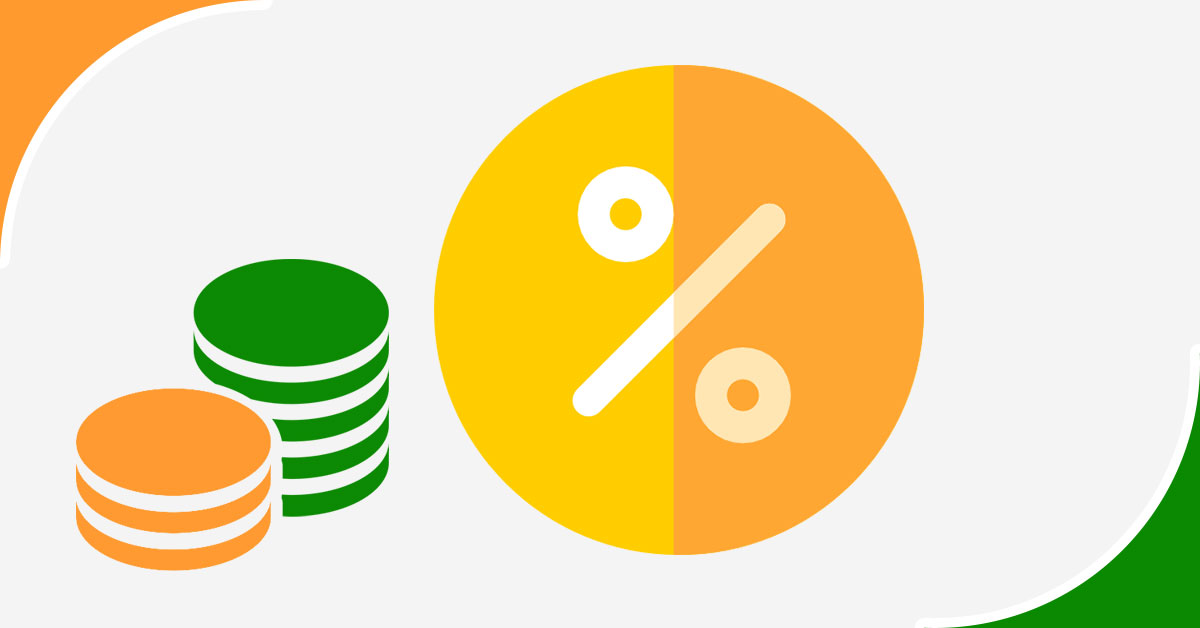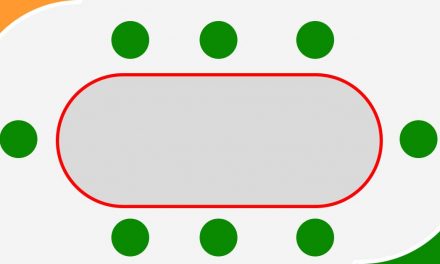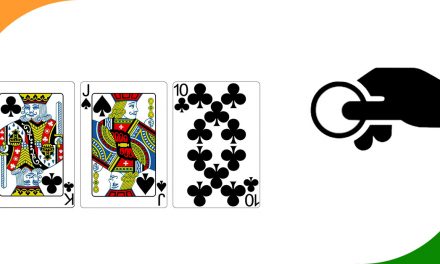Ok, you have been told many times that poker is a game based on math and quick thinking (have you read our poker strategies for beginners?), before any bluff skill is required. It is true, but how does this apply to a concrete match?
To understand how the math in a poker game works, we will start splitting two concept that are strictly linked between them, but for the sake of a better explanation we are going to treat them separately. These basics of poker are outs and odds. We are going to start talking about outs.
Contents
What is an out?
What is called generally an “out” is a card that is capable to make you win the hand. Nothing better than an example to understand the concept: if you are holding AK and your opponent is holding QQ on a 852 rainbow flop, you can win the hand either hitting an Ace or a King on the flop or the river.
How many Aces or Kings are yet among the unknown cards? Six. In the current situation, you have 6 outs to win the hand. Pretty easy, uh?
Let’s see another example: you are holding a flush draw type of hand, meaning for instance you have 2 spades in your hand and 2 spades are on the board, with only the river to come. How many spades are still in the unknown cards?
You are holding 2, other 2 are on the board, so it means that out of a total of 13, with 4 cards outside, you can hit 9 cards – your “outs” for the hand – to win the pot.
Are all outs good?
Generally speaking, no. Pro players always take in consideration many different fact that do influence their decisions. The examples we saw in the the previous paragraph were straightforward, but poker are not. Let’s start with another case.
If you are holding JsTs on a 6cQhKh board, your direct outs to win the hand are Aces and Nines. It’s not always true, though. If your opponent is holding 7h6h, your outs suddenly change: not all the Aces and Nines are good, because the Ah and 9h give you a straight but a flush to your opponent, while also the Jacks and Tens (all but the Hearts ones) are able to make you win the hand.
The more players involved in the hand, the more your outs tend to change. If, for instance, you consider an Ace as an out, but a very tight player raised in early position previously in the hand, it might means that he was holding strong cards – despite not strong enough to continue to being involved in the hand – and some of your outs could be burnt.
How to decide if an hand is worth playing then?
That’s the most important question in whole online and live poker. Should I call the opponent’s bet on the flop to see if I hit my draw on the turn? Does it worth it?
Starting from the basics, if you are asking yourself that question, is definitely a good sign, because it means you are reasoning and not gambling. Gamblers and weak players do call just to see the card and try their luck out. You are using mathematical skills to decide whether calling makes sense or not.
To answer that question, we must include the “odds” in the reasoning and see if actually a poker hand is worth playing.
Now that we know what an “out” is we have to decide if it’s mathematically convenient to play a poker hand or it’s not. That’s the beauty of the game and the very reason why it’s not considered a game of chance but a skill game.
How can we decide if to invest or not in a poker hand? Meet the “odds”.
What do odds are?
Starting from a given situation, odds are the true percentage of times a hand can be won, expressed in terms of your outs divided for your non outs. Let’s clarify with an example.
You have Ah3h on a Kh9h7c flop and your opponent is holding AcAs.
You know that your outs are all the hearts in the deck, which are 9 (13 total, minus the 2 you have, minus the 2 on the board). The total cards in a deck are 52, minus the 2 you hold, minus the 3 on the board, it leads to a total of 47 cards still unknown. Out of 47 cards, only 9 will help your hand, so 9 times you win, 38 (47-8) you lose. Odds are 38:9 or 4.2:1, that can be also expressed in percentage as: (1*100)/4,2 = 24%.
24% of the times you are going to hit your flush on the turn or on the river and win the hand.
If for instance the turn is irrelevant as a 2d, you can make an easy calculation and divide by 2 the odds you had on the flop, leading to a tiny 12% of the times in which you will hit the flush on the river.
Pot odds: what are they and why they do matter
Now we know if or until when to call opponents’ bets, but we do still need to add the last ingredient to the equation, which are “pot odds”. After all, we do run all this math to win something and this something is the pot at the centre of the table.
Pot odds are the ration between the possible winning – the pot – and the bet you have to cover to keep yourself involved in the hand.
Calculate the pot odds are pretty straightforward and we are going to use an example to make it even more clear:
Let’s say that 5,000 chips are in the pot and your opponent bets 1,000 chips. To call, you have to add 1,000 yourself to a 6,000 chips total pot, making the pot odds 6,000:1
Another example: the pot is 5,000 and your opponent bets 5,000. The total pot goes up to 10,000 and to call you have to add 5,000, making the pot odds 10,000:5,000 or 2:1
Finally we can merge what we learnt about the outs, the odds and the pot odds, following a very basic poker rule that will grant you to make money in your poker career:
Odds > Pot Odds, then fold
Odds < Pot Odds, then call
A final example will help to understand the very essence of the concept:
There are 30,000 chips in the pot and and your opponent bets 6,000, giving a 6:1 pot odds for the call, given you have to add 6,000 to a 36,000 (original 30,000 plus 6,000 bet by your opponent) total pot. If you have a flush draw, you have roughly 20% chances of winning the pot hitting one of your outs, or 1:5. In this case, 1:5 < 1:6, then it’s a mathematical worthy call that will make you earn money in the long run.
Implied pot odds
Poker players have to evalue situations by the current pool of information they have, but also they have to base their decisions looking at the future. Is there a case in which it’s acceptable to call despite the odds are not great? Yes, it might happen. A clear example will be the best explanation:
If you have a flush draw on the flop like 752 and face a strong aggression by a very tight player, you might assume he’s trying to maximize his strong hand such as KK or AA. In that case, if the pot at the flop is 10,000 chips and your opponent bets 10,000, the pot odds are just not right to call with your draw, but… if you hit your draw on the turn, it’s likely he will still keep betting strong and lost all his stack against your closed draw.
So the general rules are:
- know your opponent, because odds and pot odds are also based on his style and your capacity to assign him a range of hands
- keep always an eye on the stacks, because even with bad pot odds, if you are facing an aggressive player and there are a lot of chips in your stacks, hitting a draw “against” the odds might pay off big time during the hand.
In case you had any doubt poker was a skill game, you have found some glimpses of how much math do impact on the course of a single match and definitely how knowing the basics can influence your ability to win money on Indian poker rooms.
Remember this last advice: be curious and never, ever, stop learning.






